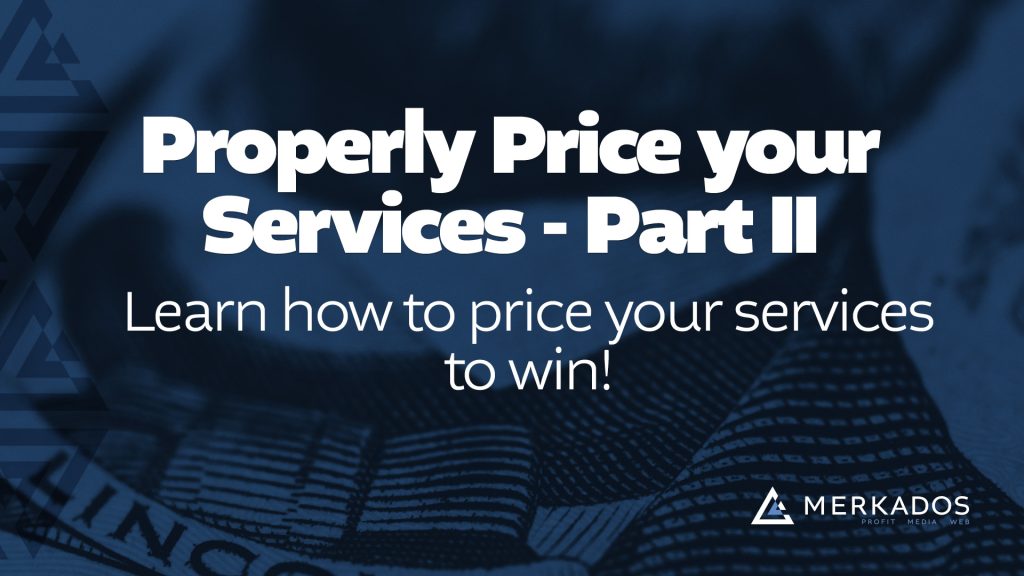In our previous discussion, we explored the idea that pricing our products or services involves an intrinsic information component. Consequently, pricing your offerings as “cheap” may be appropriate only if the experience aligns with a cost-effective model. If your goal is to be perceived as high-quality, your pricing must reinforce that perception rather than undermine it.
Consider the grocery store strategy where retailers request manufacturers to package products under store brands at lower prices. At first glance, one might assume that this undermines the original branded products. However, this is not the case.
The reality is that original brands continue to thrive because many consumers equate lower prices with inferior quality. By presenting a cheaper alternative, the grocery store inadvertently creates a “low-quality” choice, thereby simplifying consumer decisions. We are observing a market trend where grocery stores not only offer lower-cost options but also premium selections, but let’s save that for another discussion.
Imagine a world where consumers only opted for the cheapest options across all sectors. No one would purchase luxury vehicles like Mercedes Benz, wear Nike sneakers, dine at upscale restaurants, or acquire designer accessories like Prada. Yet, people do engage with these premium brands and experiences.
It is crucial to recognize that when determining your pricing strategies, understand that price conveys information. Permit me to reiterate: “Price carries information.”
Communicating Value Through Pricing
The strategy you adopt for your business dictates the message transmitted by your pricing. I recommend consulting Michael Porter’s work on competitive advantage, which asserts that a successful strategy hinges on understanding the market landscape. One strategy may focus on “lowest cost,” while another may prioritize “differentiation by attributes.”
If your offering possesses unique attributes that clients value, they are often willing to pay a premium. This willingness sets an expectation that you must meet. For businesses that offer true commodities, competing on price can be challenging; however, adopting a differentiation strategy can open avenues for higher pricing, which in turn allows for increased innovation.
A foundational step in establishing a sound pricing structure is to clarify your strategic positioning. Are you competing within a narrow niche or a broader market? Do your operational efficiencies create economies of scale that provide competitive advantages? Alternatively, are you focusing on excelling in a niche area that no other competitor can match?
For instance, consider a small business aiming to sell beef jerky. Competing with a retail giant like Walmart on a multi-category basis is unrealistic. However, by specializing solely in beef jerky, this small business can thrive. Walmart, while offering lower prices, cannot stock every variety of beef jerky, thus leaving a market opportunity for specialized retailers.
Analyzing Costs
A well-structured pricing strategy begins with a thorough understanding of your internal costs. Assess the true costs associated with producing, distributing, and marketing your products or services. This figure should serve as the baseline for your pricing decisions.
Keep in mind that even large corporations struggle to price their services optimally for maximum profit. As a business owner, your primary objective should be maximizing revenue rather than merely striving for self-perceived fairness. I have frequently observed small business owners disproportionately prioritizing fairness, often at their own expense.
Consider a shoemaker who excels at crafting high-quality footwear. While they may undervalue their expertise due to familiarity, their experience represents significant time, energy, and skill. In their quest to be “fair,” they risk being “unfair” to themselves.
The path to true fairness lies in striving for profitability. The market is inherently just; as long as you refrain from misleading advertising, pursuing maximum profit will yield outcomes reflective of your efforts.
Market Dynamics and Competitive Research
Let’s illustrate this with an example. Suppose you sell apples for $5 per bag. If a competitor begins selling similar apples for $4, and their product quality is equivalent, you will need to adjust your pricing or reevaluate your strategy. Simply put, market forces will naturally foster a fair competitive landscape.
Conduct thorough research on your competitors and their offerings. Adapt your product or service to create a compelling value proposition aligned with the desires of your target market. Finally, establish a price that reflects your strategic goals, internal costs, and market positioning.
A Strategic Pricing Recommendation
Here is a final suggestion: Allow customers to self-select their pricing within your offerings. Instead of selling a single bag of apples for $4, consider offering various sizes and types:
- Green Big Apples – Bag of 12: $9.99
- Golden Big Apples – Bag of 12: $7.99
- Regular Red Apples – Bag of 10: $4.99
By providing options, consumers can evaluate the value of each based on their preferences and needs. When individuals have the freedom to choose what aligns with their perceptions of value, they are more likely to engage financially with your offerings. Companies like Apple excel at this by offering a wide range of products at different price points, enabling consumers to select options that resonate with their value benchmarks.
For more insights on implementing effective internet business strategies, reach out to Merkados today.

